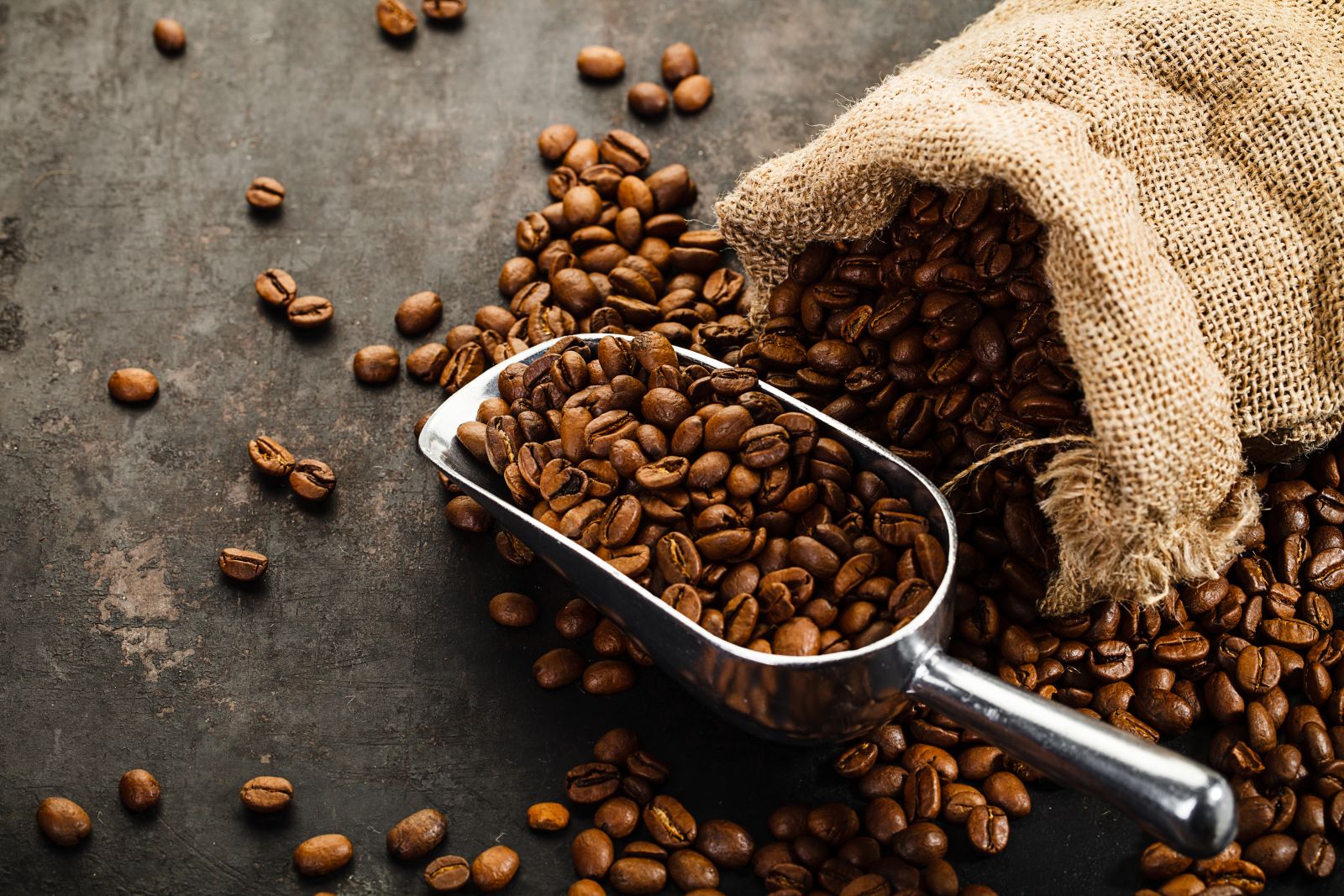
March arabica coffee (KCH24) on Tuesday closed up +1.85 (+0.98%), and Mar ICE robusta coffee (RMH24) closed down -37 (-1.30%).
Coffee prices on Tuesday settled mixed, with robusta falling to a 2-week low. Arabica coffee recovered some of last Friday's sharp losses that were seen as excessive in illiquid holiday trade. Gains in arabica on Tuesday were limited as forecasts for rain in Brazil's coffee-growing regions have eased concerns about dry conditions. Also, a decline in the Brazilian real (^USDBRL) Tuesday to a 1-week low against the dollar is negative for coffee prices. The weaker real encourages export selling by Brazil's coffee producers.
Robusta coffee on Tuesday was under pressure on forecasts for rain later this week in Vietnam's Central Highlands, the country's main coffee-growing region.
In a bullish factor for coffee prices, the USDA, in its biannual report on December 21, cut its 2023/24 global coffee production and ending stock estimates. The USDA cut its 2023/24 global coffee production estimate to 171.4 million bags from a June estimate of 174.3 million bags. The USDA also cut its 2023/24 global coffee ending stocks estimate to 26.5 million bags from a June estimate of 31.8 million bags. In a bullish factor for robusta, the USDA cut its 2023/24 global robusta production estimate to 74.1 million bags from a June estimate of 78.0 million bags.
Arabica coffee rallied to an 8-1/2 on December 19 on concerns that ongoing dry weather in Brazil will damage coffee crops after Somar Meteorologia on December 18 reported that Brazil's Minas Gerais region received only 35.1 mm of rainfall in the past week, or 65% of the historical average. Minas Gerais accounts for about 30% of Brazil's arabica crop.
Tight robusta coffee supplies propelled nearest-futures robusta prices (RMF24) on December 21 to a record high. Last Friday, Vietnam's General Department of Customs reported that Vietnam's 2023 (Jan-Dec) coffee exports fell -9.6% y/y to 1.60 MMT. Also, Vietnam's agriculture department on November 3 projected Vietnam's coffee production in the 2023/24 crop year could drop by -10% to 1.656 MMT, the smallest crop in four years, due to drought. Meanwhile, the Vietnam Coffee Association on December 5 projected that 2023/24 Vietnam coffee production would fall to 1.6 MMT-1.7 MMT, down from 1.78 MMT a year earlier.
Low coffee inventories support coffee prices. ICE-monitored arabica coffee inventories fell to a 24-year low of 224,066 bags on November 30 and were just mildly above that level last Friday at 251,224 bags. ICE-monitored robusta coffee inventories Tuesday were at 3,458 lots, just above the record low of 3,374 lots posted on August 31.
The U.S. Climate Prediction Center on June 8 declared an El Nino weather event, which is likely to be supportive of coffee prices. An El Nino pattern typically brings heavy rains to Brazil and drought to India, negatively impacting coffee crop production. The El Nino event may bring drought to Vietnam's coffee areas late this year and in early 2024, according to an official from Vietnam's Institute of Meteorology, Hydrology, and Climate Change.
An increase in world coffee exports is bearish for prices after the International Coffee Organization (ICO) reported on December 15 that global Oct coffee exports rose +0.9% y/y to 9.53 million bags. Also, Brazil's Trade Ministry reported on December 1 that Brazil's Nov coffee exports (not roasted) rose +8.5% y/y to 235,000 MT. In addition, Honduras, Central America's biggest coffee-producing country, said its Nov coffee exports jumped +63% y/y to 110,413 bags.
In a bearish factor, the International Coffee Organization (ICO) projected on December 5 that 2023/24 global coffee production would climb +5.8% y/y to 178 million bags due to an exceptional off-biennial crop year. ICO also projects global 2023/24 coffee consumption will rise +2.2% y/y to 177 million bags, resulting in a 1 million bag coffee surplus.
The USDA’s Foreign Agriculture Service (FAS), in its biannual report released on December 21, projected that world coffee production in 2023/24 will increase +4.2% y/y to 171.4 million bags, with a +10.7% increase in arabica production to 97.3 million bags, and a -3.3% decline in robusta production to 74.1 million bags. The USDA's FAS forecasts that 2023/24 ending stocks will fall by -4.0% to 26.5 million bags from 27.6 million bags in 2022-23. The USDA's FAS projects that Brazil's 2023/24 arabica production would climb +12.8% y/y to 44.9 mln bags due to higher yields and increased planted acreage. The USDA's FAS also forecasts that 2023/24 coffee production in Colombia, the world's second-largest arabica producer, will climb +7.5% y/y to 11.5 mln bags.
On the date of publication, Rich Asplund did not have (either directly or indirectly) positions in any of the securities mentioned in this article. All information and data in this article is solely for informational purposes. For more information please view the Barchart Disclosure Policy here.






